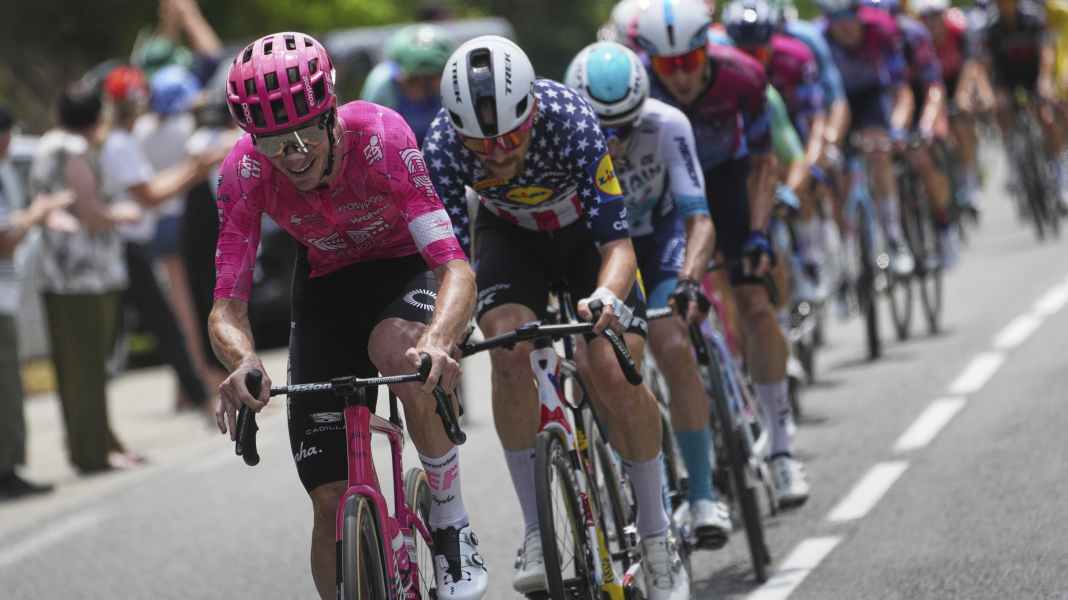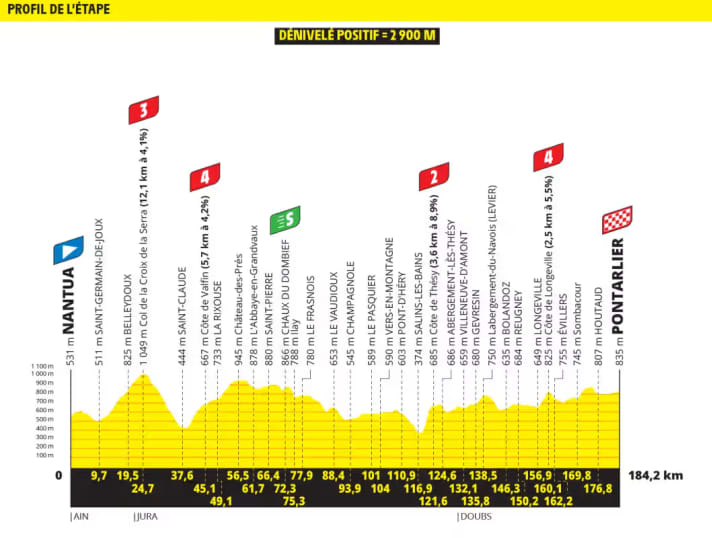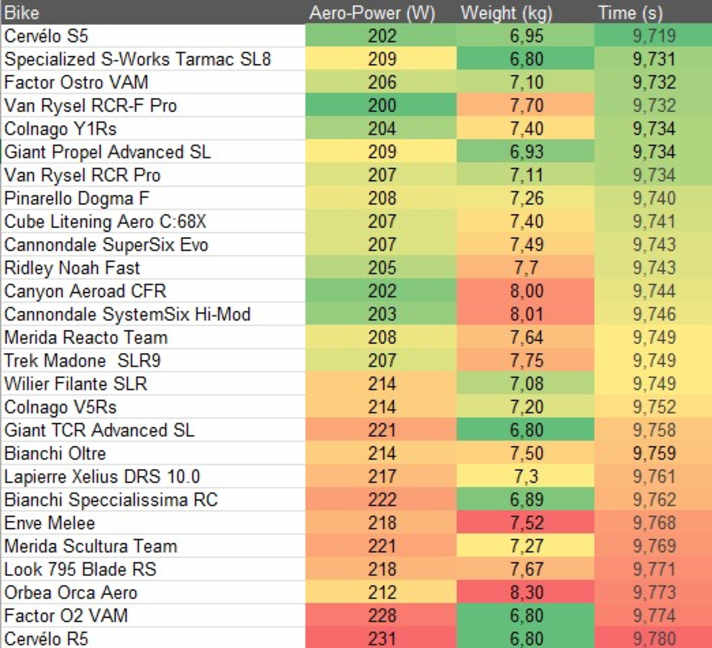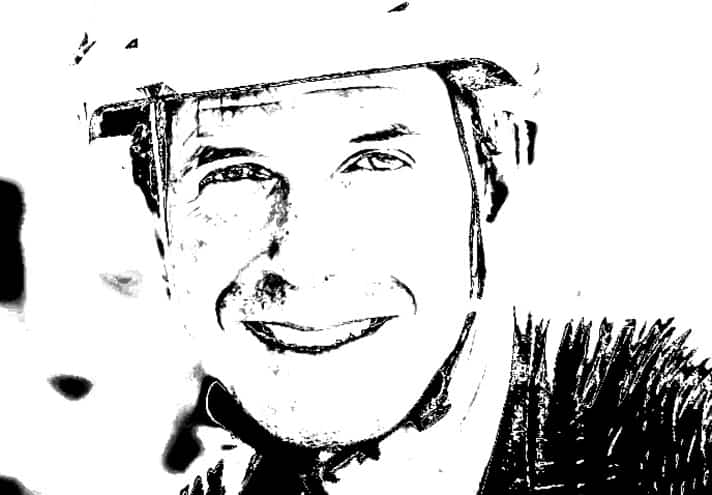
Tour de France 2025 - Stage 20: Nantua - Pontarlier | 184,2 Kilometers

The 20th stage goes through the Jura and is neither fish nor fowl: although 2,900 meters of elevation gain is no small feat, compared to the difficulties the riders have already had to overcome, the climb is not particularly daunting. Therefore, little is likely to change in the overall standings. Based on the profile, we expect a breakaway group to successfully pull away from the peloton and build up a decent lead.
Despite the numerous small climbs, the route table predicts an average speed of 47 km/h. This would once again put the riding time at just under four hours, the new benchmark for the fast stages of the modern Tour de France.
The approach to Pontarlier is flat and not very selective towards the end. It is rather unlikely that a rider from the breakaway group will be able to break away here.
The last kilometer before the Flamme Rouge is slightly uphill, with an elevation gain of around 20 meters, providing a last opportunity for a non-sprinter to break away from their breakaway companions. The approach to the finish on the N57 takes a few twists and turns, with two roundabouts to pass in the last thousand meters. Only 150 meters before the finish line, after passing through the last roundabout, is the finish line in full view.
In our simulation, we assume there will be tactical skirmishes among the breakaway riders. Who has the best chance in a late sprint just 150 meters before the finish line?
The number of the day: 18 centimeters
The Cervélo S5 is the fastest in our short sprint. Its top aerodynamics save a hundredth of a second compared to the runner-up, the Tarmac SL8 – that's a 18-centimeter lead.
The (almost) complete field at a glance*

In the short sprint, the aero bolides, which are also light, are ahead.
*) The calculations are based on the bikes tested by TOUR in the laboratory and wind tunnel. The machines used in the Tour de France may differ in detail. Of course, we were not yet able to examine last-minute prototypes. Background information on the simulation.
Our expert

Robert Kühnen studied mechanical engineering, writes for TOUR about technology and training topics and develops testing methods. Robert has been refining the simulation calculations for years, they are also used by professional teams.
